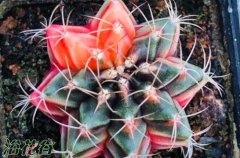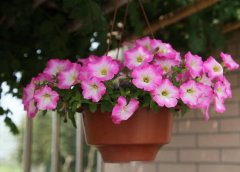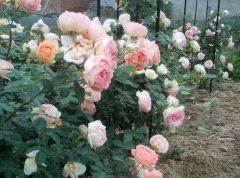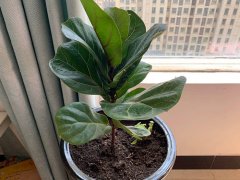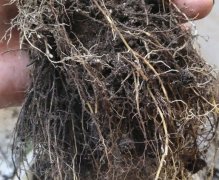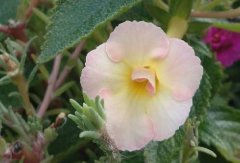Topping and topping of longevity flower illustration
The purpose of longevity flower topping and topping is to promote longevity flower branching, increase blooming volume, and control plant height. It is a common method in longevity flower plant type management. This article is a summary of longevity flower topping experience of flower lovers..
The most commonly used pruning and orthopedic methods for longevity flowers are core removal, topping and branching. But topping, topping and branching are common auxiliary methods to control the height and type of longevity flowers. Both topping and toppingAfter the cuttings survive, the top shoots are removed to limit the plant's upward growth and promote its multiple side shoots. Make the plant shape more dwarf and plump, compact and globose or bloom into a flower bulb. The difference between the two methods is to remove the top youngThe height of the bud is different, and the time is different.
Topping—Generally earlier, the method used when there is no need to back up the seedlings. It is usually about one month after the cuttings survive, when the plant grows to 4-6cm, 4,5 pairs of leaves can be the first topping. FromIn terms of the cultivated varieties, the varieties with long "internodes" tend to hardly sprout side buds after topping, and the new terminal buds still grow upwards. The length of "internodes" can reach more than 4cm and need to topping 2-3 times.Buds may not be able to achieve the purpose of height limitation, the plant height after flowering can reach 40-50cm. This kind of varieties can also be topped earlier [Figure 3, 4].
[Picture 3] "Carton" plant type and 4cm "internode".
[Figure 4] Performance after topping and topping.
Topping—It is the method used when backing up the seedlings, a little later than the topping, when the plant is 10cm long. Leave 3-5 pairs of leaves and 5cm high stems, knock off the top buds as new cuttings and replant seedlings.At this time, the new cuttings will be strong and take root quickly and grow well [Figure 5].
【Picture 5】"Performance after topping and topping" . Note: 8 varieties of "new buds" and "internodes" have different changes under the same conditions.
Branch—It is to knock down the weak side branches or diseased branches that are too dense from the base of the main stem. This increases the light and ventilation inside the plant, promotes the development of inner branches, and reducesPests and diseasesOccurrence. Make the side branches of the plant moderately dense, adequate nutrition, well-proportioned and strong, and have many buds and flowers. Some varieties of longevity flowers have strong branching and small branching angles, and they will give birth to without topping or topping once.Many lateral buds [Figure 6]. For this type of variety, it is necessary to use the method of cutting branches to correct, use the method of "remove the weak and stay strong" to eliminate the excess branches, leaving a well-balanced 3-5 strong main branches.After flowering, a compact and beautiful plant with a height of about 30cm can be formed. Otherwise, there will be too many lateral branches, and there will be more bunches and fewer buds, small flowers and not full blooms during pregnancy.
[Picture 6] "Red Elf" that can naturally become a ball without topping.
The whole type of old plants
Strictly speaking, the renewal of the old plants of domestic longevity flowers requires one planting every year. The planted plants have strong disease resistance, good seedling growth and good control of plant height and plant type. But there must also be old plants that can be grown for many years.The aging degree of old plants will reduce the differentiation ability of flower buds, which will affect the quality of flowers. At the same time, the accumulation of pathogenic microorganisms and poor disease resistance are also the main indicators to judge the renewal of old plants. Therefore, at least 2-3 yearsFor cuttings, it’s best to update the older plants once [Figure 7]. The longer the old plant, the more difficult it is to control the plant height and plant type. For many years of old plants, you can’t use the “shave” method to shave them from the roots.It depends on the specific conditions of the plant. For varieties with short "internodes", dense buds and more sturdy flowers, generally, 1-2 leaf marks are left on the roots of the branches of the year after blooming.Cut 2-3 leaf marks and shave off the upper branches [Picture 8, 9]; For those with too long "internodes", few buds, and weak adult plants, it is best to update them every year.
【Picture 7] "The third year old plant before entering the bud stage".The branches can be cut to remove two branches and divided into multiple cuttings.
【Picture 8】《The cutting method of many years old plant" after the 4th year cut
【Picture 9] "Comparison of Growth and Flower"Left 2 years, right 4 years.
In addition, in order to control the height of the plant, the manufacturer basically uses growth regulators in the production process. Some netizens sprayed the longevity flower seedlings with 0.2% Bijiu once 2 weeks after the planting, and the plant height was 12 cm and then sprayed 1Secondly, this can effectively control the height of the plant to achieve the effect of plant beauty, green leaves and more flowers this method has not been tried. Special reminder: The topping and topping of longevity flowers can be carried out from March to September. But longevityFlowers generally enter the early bud stage in the middle and late October. After experiencing the high temperature dormancy period in summer, the longevity flower has a slow seedling rejuvenation process. As the temperature drops, the longevity flower gradually resumes growth, and the plant is also growing at this timeTransition from the vegetative growth stage to the reproductive growth stage, and gradually accumulate nutrients and enter the initial bud stage. Therefore, I will not topping and topping after September, otherwise it will delay the flowering period or appear abnormal [Figure 9]. But it can be broken and removed.The extra side shoots make the nutrient more concentrated on the main shoots. Due to the differences in maintenance conditions temperature, light and maintenance experience, the time of entering the bud stage varies from place to place. The specific stop topping and topping time can refer to the local previous buds.Period, generally stop topping and topping more than a month before entering the beginning of the bud, should be mastered as appropriate.
[Picture 10]. It will enter the early bud stage in mid to late October.
[Picture 11] Late topping performance, courtesy of Spring Rhyme
- Related knowledge
- Can the longevity flower live if it is frozen?
- The reason why the longevity flower does not bloom and grow leaves
- How to take care of longevity flowers see the personal cultivation experience of flower friends
- The reason why the leaves of the longevity flower become soft and thin
- What should I do if I water too much longevity flower
- Longevity flowers can only bloom after a few years of cultivation flowers that year
- How to branch longevity flower picture
- What should I do if the longevity flower grows greasy, no need to fight drugs
- How to fertilize longevity flowers, apply thin fertilizers frequently
- What to do if the longevity flower stem turns black in summer, cut it off decisively
- Why longevity flowers cause cancer? The rumors stop at wise men
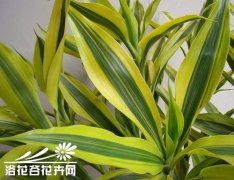 How to raise rich bamboo in Phnom Penh?
How to raise rich bamboo in Phnom Penh?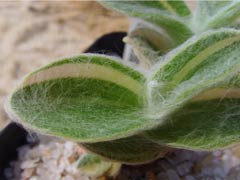 How to raise Bai Xue Ji Jin
How to raise Bai Xue Ji Jin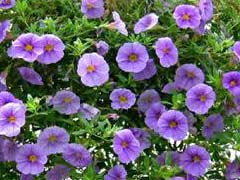 Conservation after the flowering period of a million small bells
Conservation after the flowering period of a million small bells- How to cultivate beautiful arrowroot
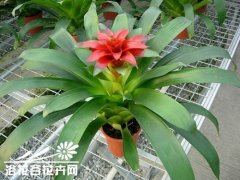 Four seasons management of Dennis pineapple
Four seasons management of Dennis pineapple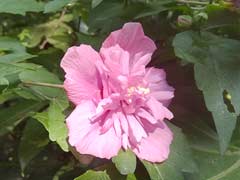 What are the main ingredients of fish intestine fertilizer
What are the main ingredients of fish intestine fertilizer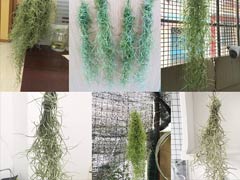 How old people must grow fast
How old people must grow fast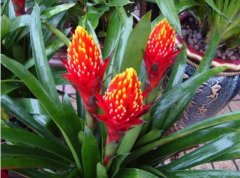 Torch cultivation management method
Torch cultivation management method
- Editor's recommendation
- How to grow longevity flowers
- Cultivated Douban Green Green Leaf Biyu, Xiaojiabiyu
- How to raise gardenias
- Dwarf sunflower planting method from seeding to flowering
- White palm flower is also known as a smooth breeding method
- The breeding method of fuchsia
- How to grow potted lemons
- How to breed tiger thorn plum
- Detailed explanation of cactus grafting Schlumbergera
- Cultivation of water bamboo dry umbrella grass, water palm bamboo

